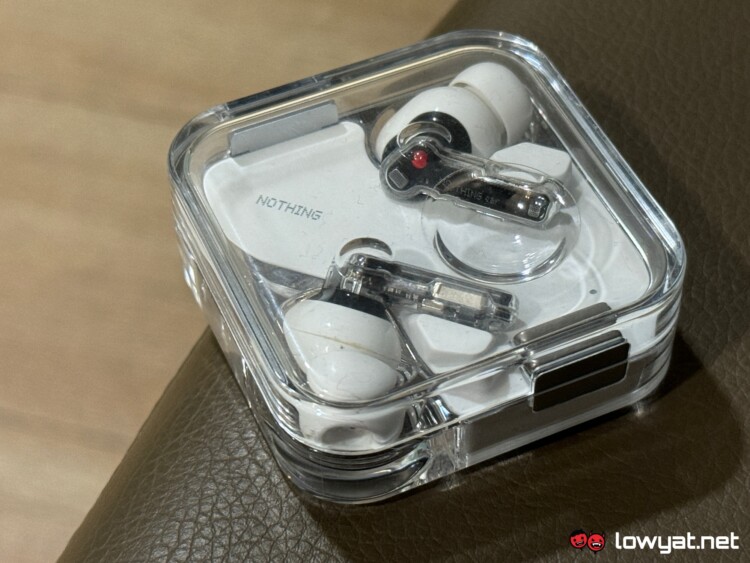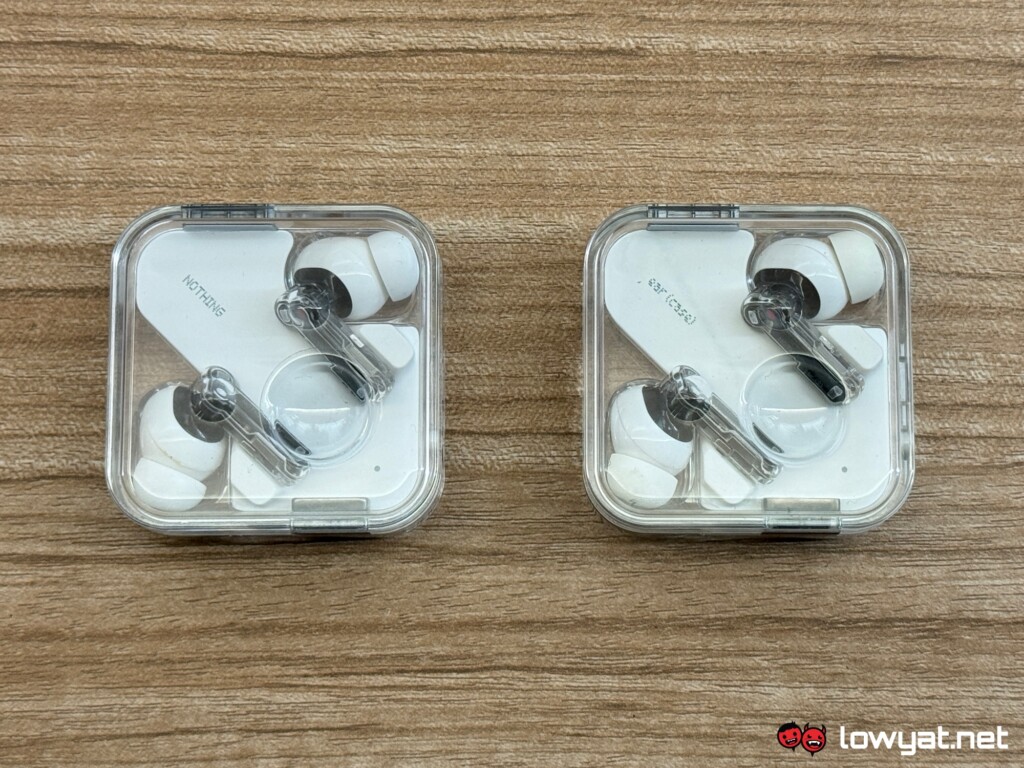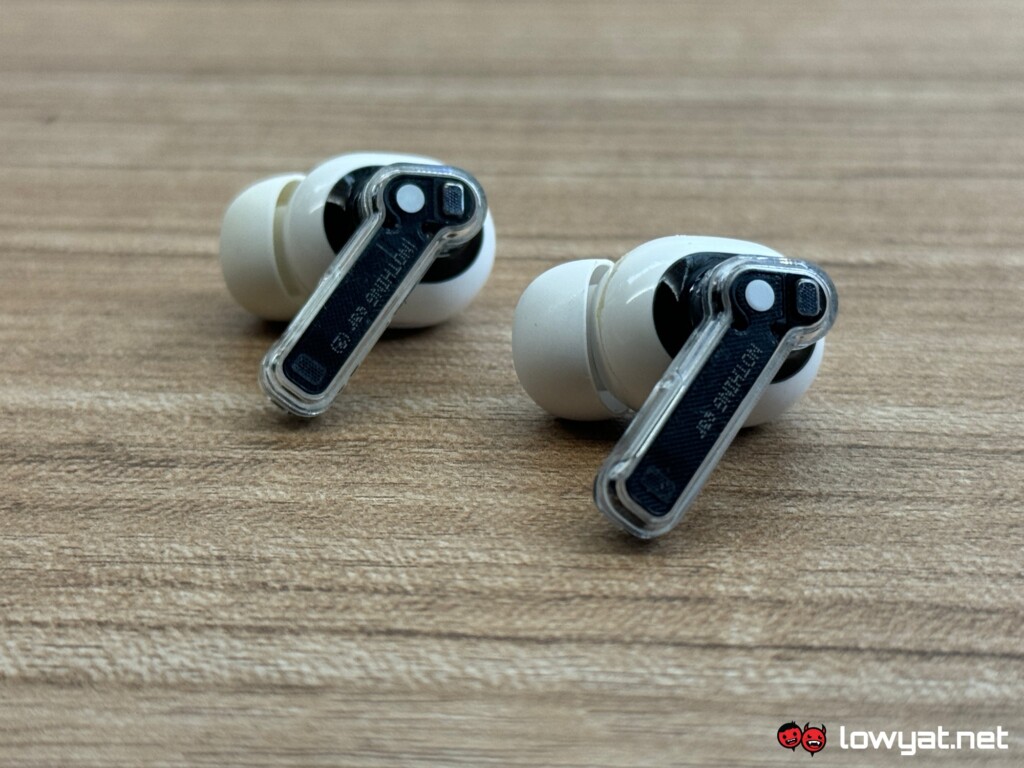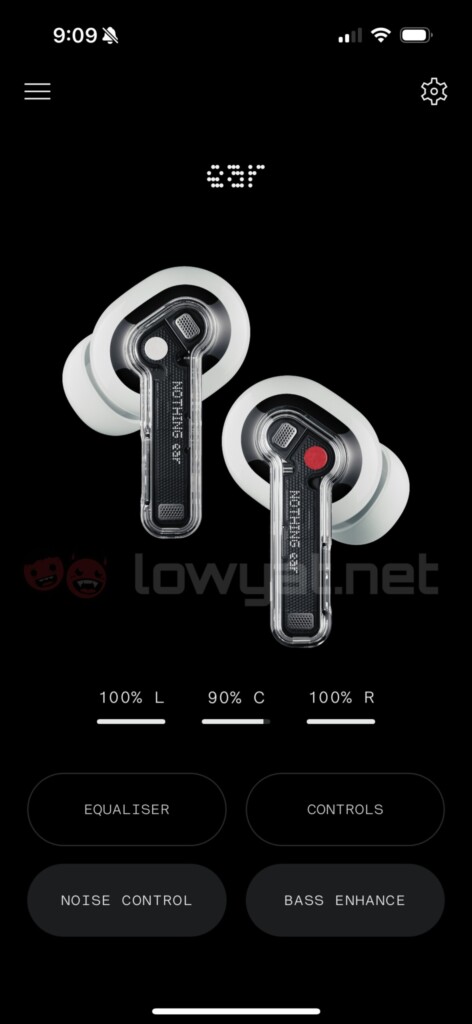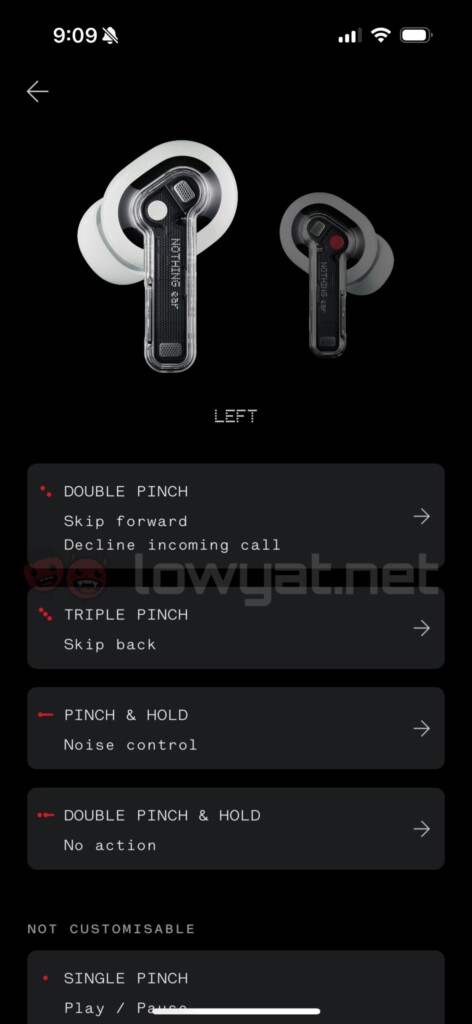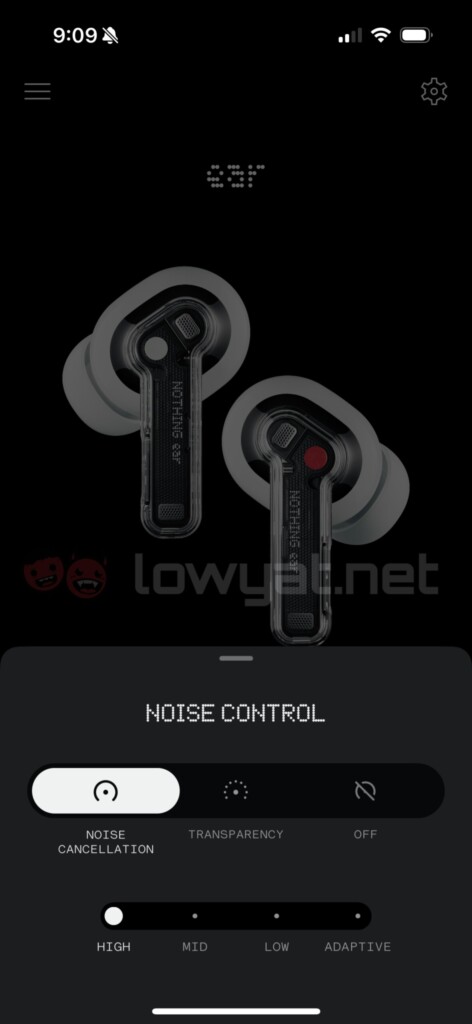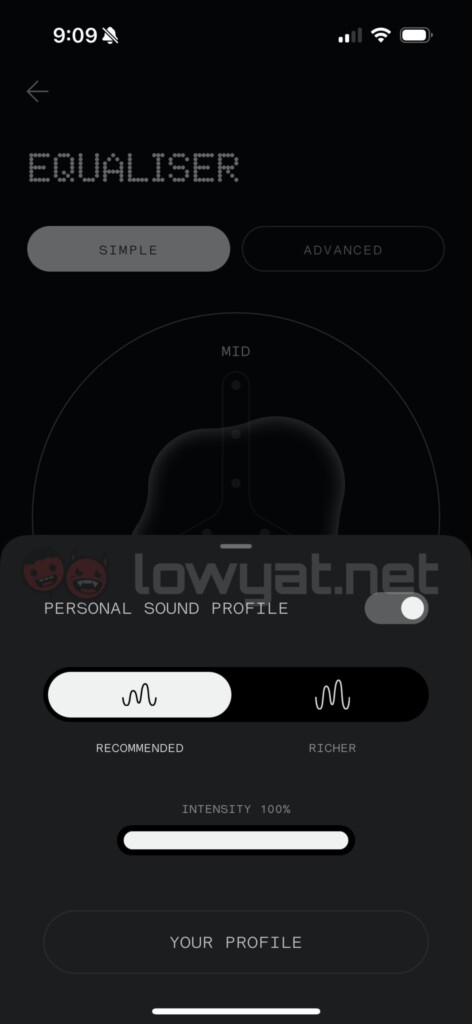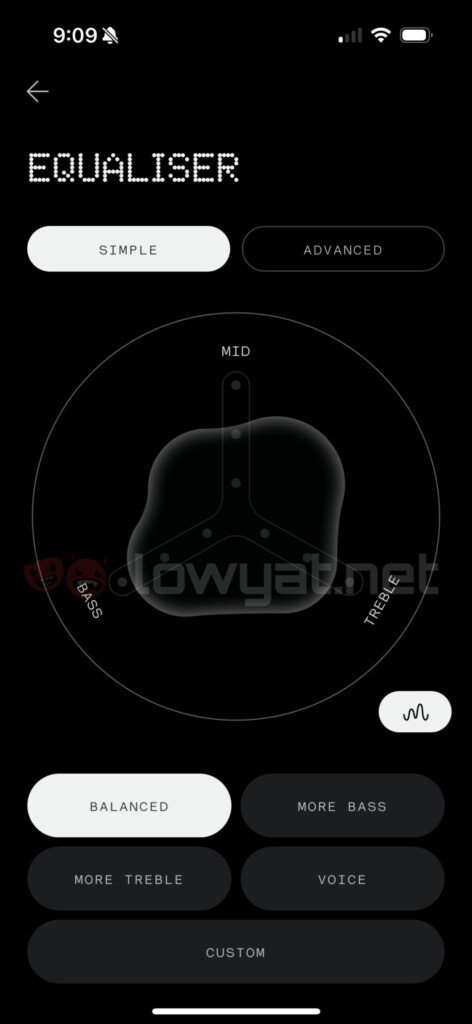Despite lacking a number in its name, the Nothing Ear is actually the third flagship-tier earbuds from Carl Pei’s tech startup. Like its predecessor, the latest entry sports the brand’s signature design language, along with a slew of upgrades in both hardware and features in order to keep things fresh.
But with these improvements, as well as the company’s recognition buildup over the years, another significant change comes into play: pricing. At launch, the Nothing Ear retails at RM659, which is RM60 more than the Ear(2). While not entirely too drastic, it’s a sting that can be felt nonetheless.
So, how much better is it when compared to its predecessor? The long and short of it, the Nothing Ear is really good. However, it does have some flaws which I have to point out.
What Is It?
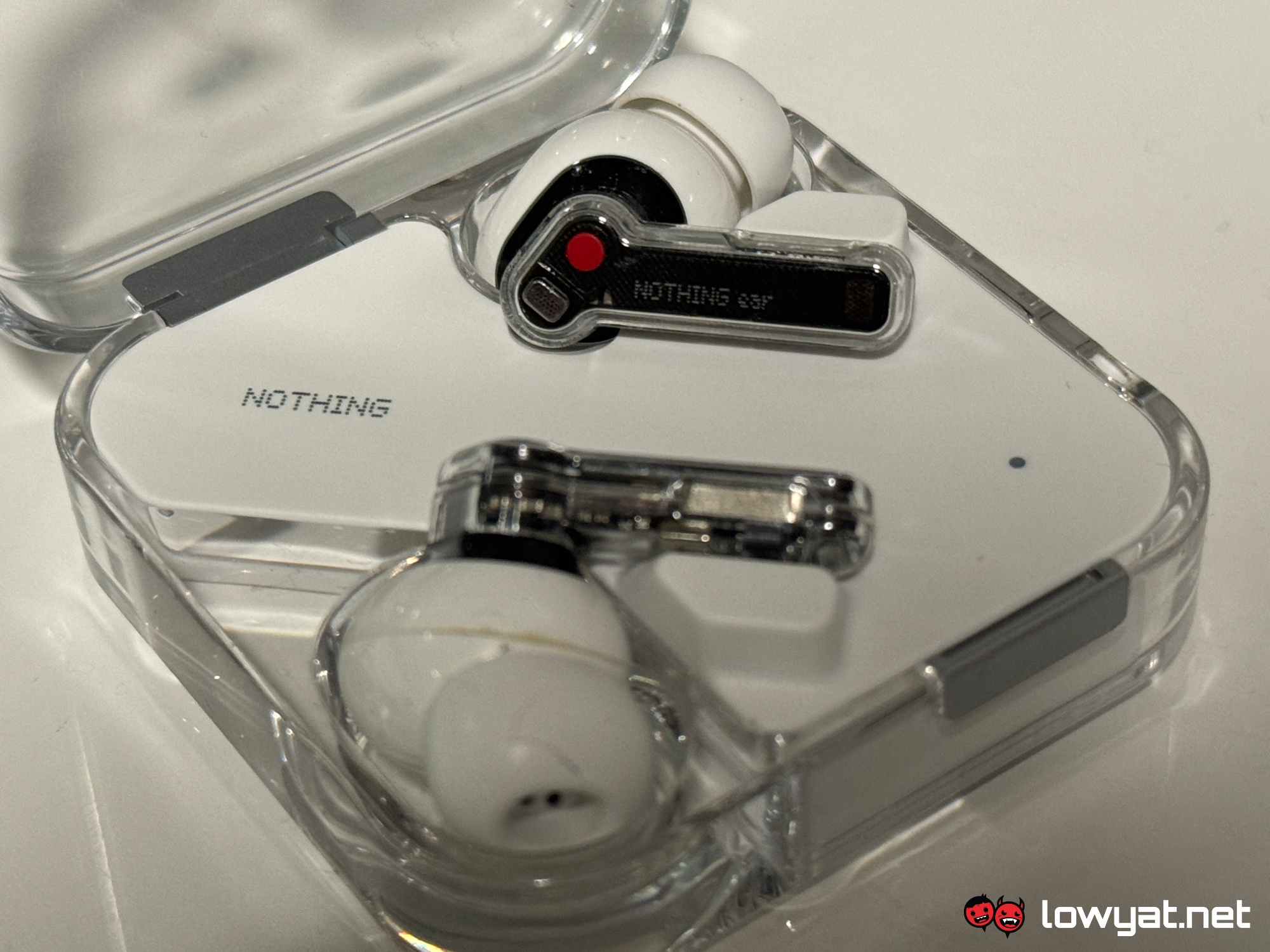
As mentioned earlier, Nothing’s latest flagship buds are technically the Ear (3), but with a new name. According to the company, the reset is intended to “strip back the numbers to centre the focus around the product and the unique experience it delivers for each user.” Typical copywritten jargon that answers, well, nothing.
Reboot or not, the Nothing Ear features a design that’s familiar to all, but maybe too familiar. In fact, both buds as well as the casing look exactly like those that make up last year’s Ear (2), with the differences being very minor. This isn’t necessarily a bad thing, though those expecting something a bit different from the brand will be left disappointed.
Aesthetics aside, what’s new on the Nothing Ear? Despite featuring slightly smaller drivers, the newer model uses ceramic ones that promise richer audio delivery. There’s also improved ANC that cancels up to 45 decibels of noise, better call quality via the brand’ Clear Voice Technology 3.0, and a longer battery life per bud of up to 8.5 hours on a single charge. Unlike the Ear (2), consumers need not wait long for a different colourway, as Nothing offers its newer TWS earbuds in either White or Black from the get go.
Is It Any Good?
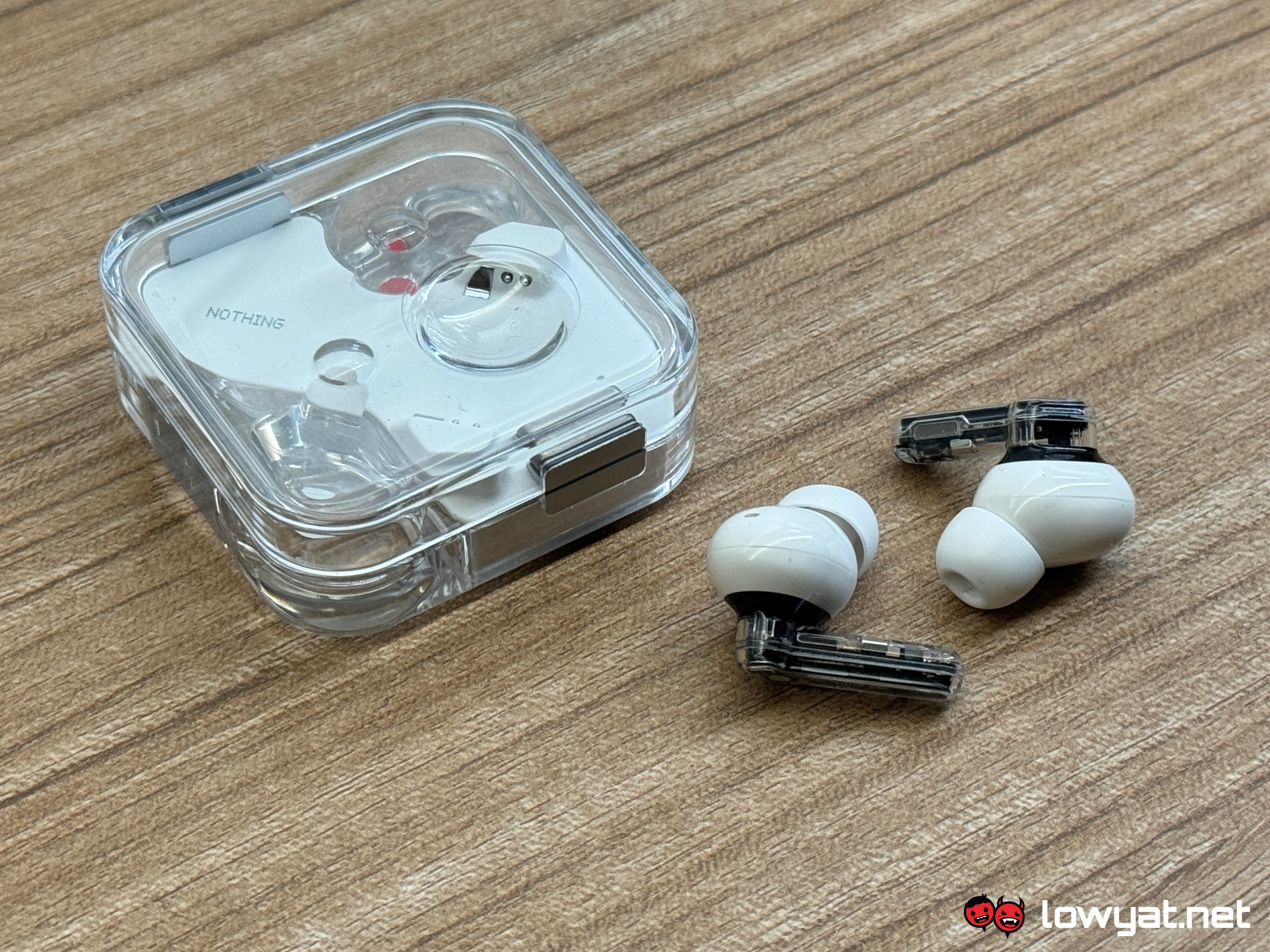
I’m going to be honest. Out of the box, the Nothing Ear’s audio delivery feels no different than any typical midrange pair of earbuds due to how flat its equaliser is.
However, things do change for the better, and to a significant extent, when utilising the Personalised Sound Profile feature that’s offered through the Nothing X companion app. This will have you go through a short listening test, which will then optimise the equaliser to suit your personal hearing preferences. And the difference between before and after is like night and day.
Soundstaging and clarity is downright immersive and satisfying, with each instrument and even backing vocals easily identifiable from one another – even more so if you’re listening to lossless tracks via Apple Music or Tidal. While it won’t rumble your ear canals, bass does have a significant presence and won’t impact other elements when listening to certain songs such as Let’s Groove by Earth, Wind & Fire and Digital Love by Daft Punk, just to name a few.
Of course, you can fine tune the earbuds further through the Nothing X app. This allows you to tweak each frequency of the EQ, adjust the richness of your Personalised Sound Profile, enable or disable bass boosting, as well as customise the touch controls on each stem.
Speaking of which, making a return is the pinch-based controls from last year’s Ear (2). Due to how responsive it is, I’ve come to appreciate this approach more than the typical touch controls offered by the original Ear (1) and other similar earbuds.
As before, certain controls are by binded to different input styles such as single, double and triple pinching, as well as long presses. You can even set commands based on which earbuds you’re interacting with.
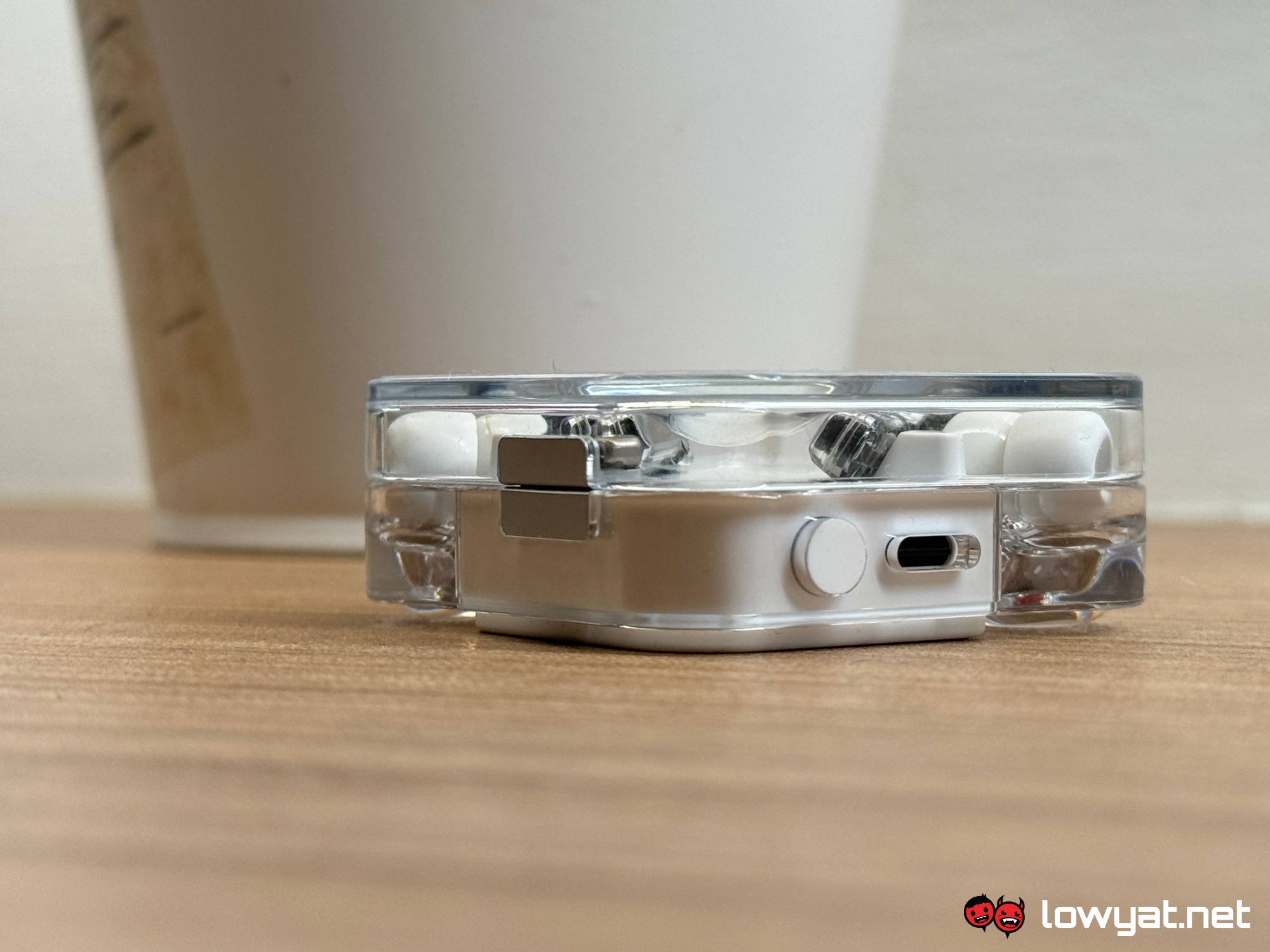
While I’ve never actually worn the earbuds for more than four hours on average, I can safely say that the Nothing Ear has never run out of juice in that span of time. They’re also comfortable to wear over long periods, and there are different ear tip sizes included in case the default ones are not to your liking.
Meanwhile, the accompanying charging case does provide quick charging when you need it, which Nothing claims is able to provide an hour or so of use in just a couple of minutes. The case itself also supports wireless charging on top of USB-C, allowing you to top up its battery through a compatible Qi charger or devices that provide reverse wireless charging.
Other perks offered by the Nothing Ear that are worth mentioning include Google Fast Pair and Microsoft Swift Pair support, as well as multipoint connectivity which lets you pair the buds to more than one device. In case you’re particular about water resistance, the buds are rated at IP54 while the case is rated at IP55.
What’s The Catch?
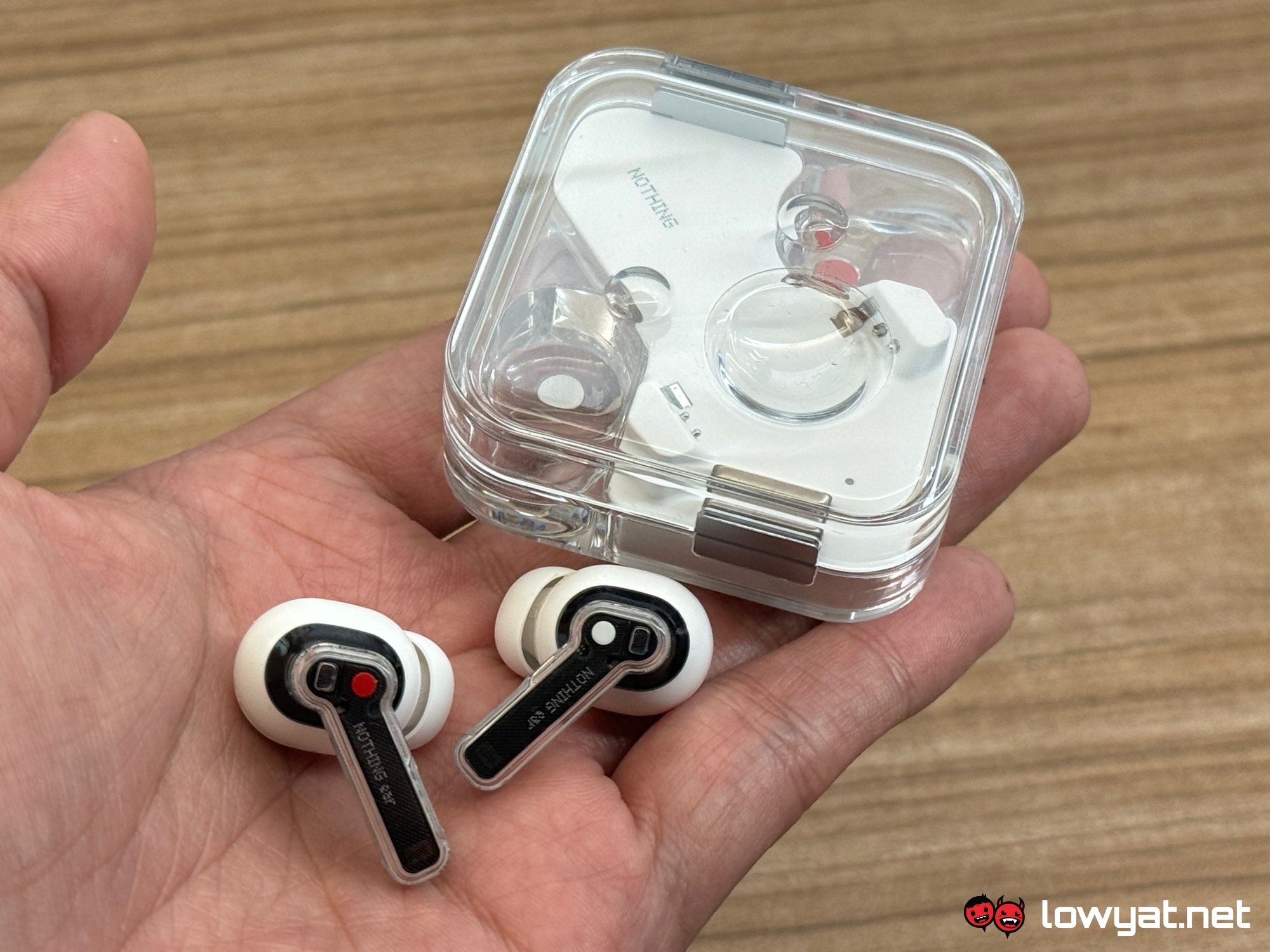
Unsurprisingly, the Nothing Ear is least impressive in the ANC department. Sadly, this has been a staple since the Ear (1) and, as pointed out by my colleague’s review, even the equally new Ear (a) is no exception.
To be more specific, despite increasing the decibel count, noise cancellation on Nothing’s new flagship TWS barely filters much. Even on the highest setting, external noise such as chatter, keyboard taps, and so on can easily penetrate through the device’s ANC. Playing music does help to even things out, but only when environmental noises aren’t too overwhelming.
In a strange sense of irony, the passthrough feature on the Nothing Ear isn’t that great, nor is it terrible either. Audio picked up by the onboard microphones tend to sound canned and, at times, muffled. It doesn’t affect your situational awareness much, but the artificialness of what can be heard can be very off putting.
Should I Buy It?
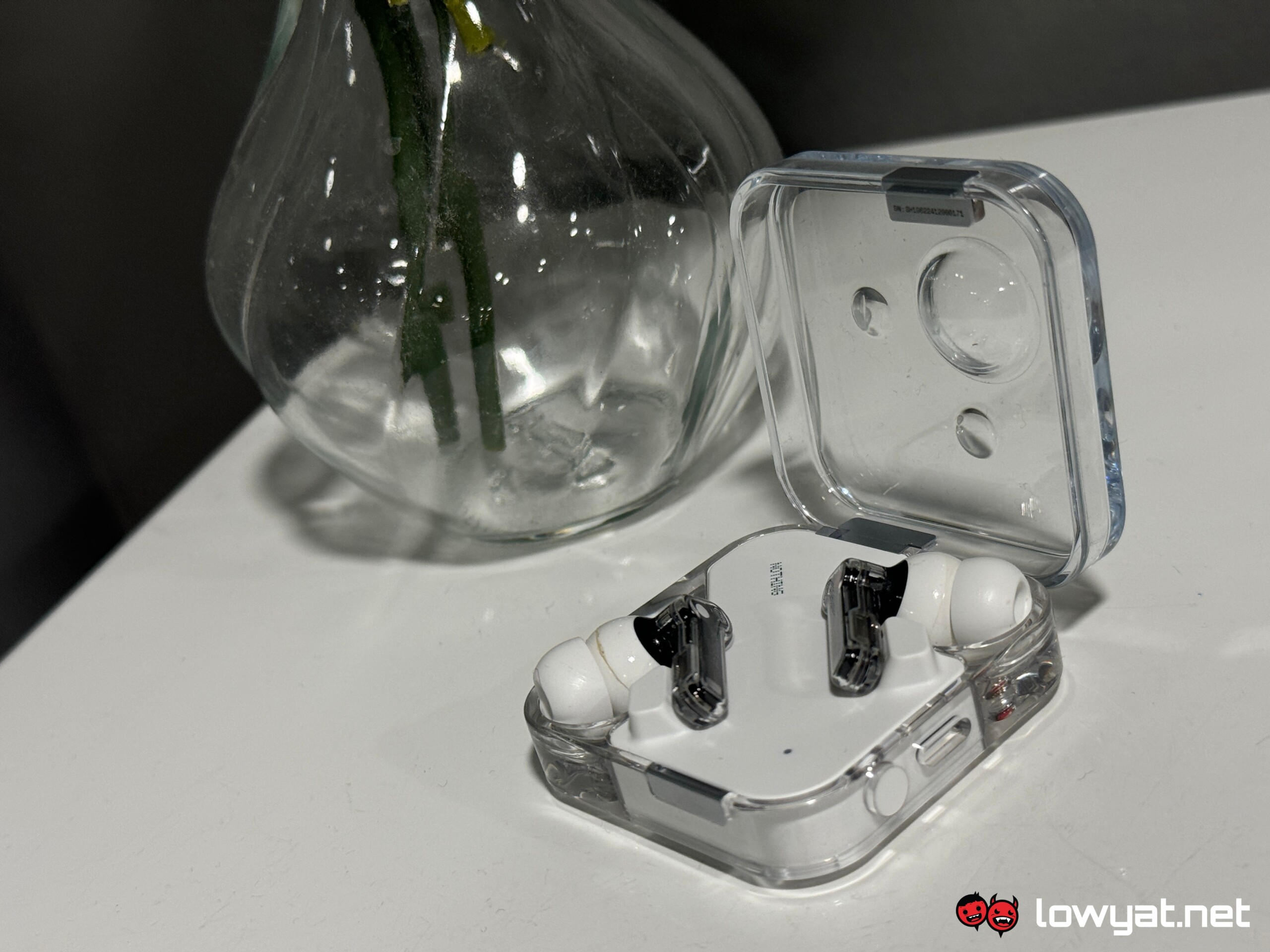
All in all, the Nothing Ear is a vast improvement over its predecessors, for the most part. It offers impressive sound quality that could easily rival other TWS devices in the market today, especially those from renowned brands with a very high asking price.
Granted, the Nothing Ear’s RM659 price point is much higher than last year’s model, but it is still a bang for buck choice for both regular users and audiophiles alike who desire high-end sound without having to break the bank. Furthermore, it also features responsive controls, excellent personalisation and long battery life, though its ANC capabilities leaves much to be desired.
Follow us on Instagram, Facebook, Twitter or Telegram for more updates and breaking news.


